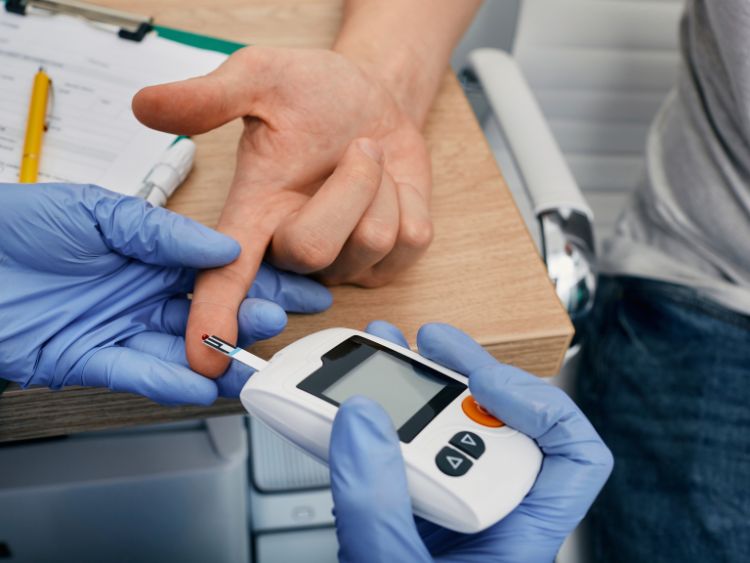When it comes to monitoring your health, especially if you’re managing conditions that affect blood clotting, the INR (International Normalized Ratio) blood testing machine becomes an indispensable ally. This little marvel of medical technology offers convenience, independence, and peace of mind. But with the myriad of options out there, how do you choose the right one? And once you’ve got it, what’s the best way to use it? Buckle up; you’re about to embark on a journey through the ins and outs of selecting and utilizing an INR blood testing machine.
Choosing Your INR Blood Testing Machine: A Step-by-Step Guide
Selecting an INR blood testing machine isn’t rocket science, but it does require some thoughtful consideration. Here’s how to make a savvy choice:
- Research and Compare: Start by looking up the various models available. Pay attention to features, accuracy, and ease of use.
- Consult Healthcare Professionals: Your doctor or healthcare provider can offer valuable advice on which models suit your specific needs best.
- Consider the Cost: Evaluate the machine’s price and ongoing costs for test strips and lancets. Look for value, not just the lowest upfront price.
- Read Reviews: Check out what other users have to say about their experiences with the machine. Real-world insights can be incredibly revealing.
Using Your INR Blood Testing Machine: Best Practices
Got your machine? Fantastic! Now, let’s talk about getting the most out of it:
- Follow Instructions to the Letter: Each machine has its quirks. Familiarize yourself with the manual to ensure accurate readings.
- Regular Maintenance is Key: Keep your device clean and check it regularly for any signs of wear or damage.
- Record Your Results: Whether it’s a dedicated notebook or an app, keeping a log of your INR readings can help you and your doctor manage your health better.
Why Monitoring Your INR is Crucial
Monitoring your INR levels is not just about numbers on a screen; it’s about maintaining the delicate balance your body needs to function correctly. Here’s why it’s so important:
- Avoiding Complications: Too high or too low INR levels can lead to serious health issues, including the risk of blood clots or bleeding.
- Medication Management: If you’re on anticoagulants, regular INR monitoring helps adjust dosages to safe and effective levels.
- Lifestyle Adjustments: INR readings can help you understand how diet and activity levels affect your blood’s clotting ability, guiding healthier choices.
FAQs: All Your INR Blood Testing Machine Questions Answered
Q: How often should I test my INR levels?
A: It varies based on individual health needs and doctor’s recommendations. Some may need daily tests, while others may do it weekly or bi-weekly.
Q: Can I travel with my INR blood testing machine?
A: Absolutely! These devices are designed for portability. Just remember to pack it in your carry-on and check any airline restrictions beforehand.
Q: Are INR machines accurate?
A: Yes, when used correctly, they provide accurate readings. However, occasional lab tests might still be necessary to ensure consistency.
Summing It Up
An INR blood testing machine is more than just a gadget; it’s a vital tool for anyone needing to monitor their blood clotting levels closely. Choosing the right machine requires a mix of diligent research, professional advice, and considering personal needs. Once you have it, proper use and maintenance are crucial for accurate readings. Remember, this device empowers you to take charge of your health, making informed decisions based on real data from the comfort of your home.
Embracing the convenience and independence an INR blood testing machine offers means embracing a proactive stance towards your health. With the insights and tips shared here, you’re now well-equipped to navigate the world of INR monitoring confidently. Here’s to your health—may your INR levels always be just right!

